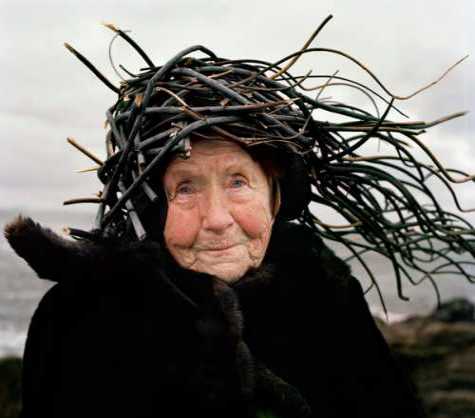Something Old, Something New, Something Borrowed, Something Blue

Something/Someone Old

http://www.news-press.com/story/life/food/2016/04/13/taste-off-the-eaten...
Something New

v=DlUCEAQaz3s&list=RDDlUCEAQaz3s&t=16
v=GMKZ59KC2L4
v=J_8n6tGYCpY
Something Borrowed
Many suggestions have been made about the origin of the dollar symbol $, one of the commonest being that it derives from the figure 8, representing the Spanish 'piece of eight'. However, it actually comes from a handwritten 'ps', an abbreviation for 'peso' in old Spanish-American books. The $ symbol first occurs in the 1770s, in manuscript documents of English-Americans who had business dealings with Spanish-Americans, and it starts to appear in print after 1800.
The word 'dollar' itself derives from the Flemish or Low German word daler (in German taler or thaler), short for Joachimstaler, referring to a coin from the silver mines of Joachimstal, in Bohemia (now Jáchymov in the Czech Republic). The term was later applied to a coin used in the Spanish-American colonies and also in the British North American colonies at the time of the American War of Independence. It was adopted as the name of the US currency unit in the late 18th century.
https://en.oxforddictionaries.com/explore/what-is-the-origin-of-the-doll...
Something Blue

amazing berry of the Pollia condensata plant. A physicist in Great Britain was looking at the reflectivity of tulips and buttercups (yes, scientists get paid to do that sort of thing) when a colleague at Cambridge University told him to check out this weird blue berry from a tropical plant called Pollia condensata.
"In fact," says Ullrich Steiner, "I wasn't terribly impressed because [the berry] is not very big." It's much smaller than a blueberry. But close up, the blue color was incredibly luminous and intense.
Steiner measured that intensity. It's the result of how unusually reflective the berry's skin is. Most surfaces reflect just a small percentage of the light that hits them. However, this berry reflects 30 percent of the light.
In the study, published in the Proceedings of the National Academy of Sciences, Steiner says its reflectivity is more intense than any living thing. "We find that it is more intense than, for example, the morpho butterfly, which is usually cited for being one of the most brilliantly colored animals."
The morpho butterfly and the scarab beetle are the only living things that come close to the Pollia berry, in terms of color. And as with the beetle, the berry's skin has no pigment — no colored cells. Rather, all the cells are coiled in a peculiar twist. The cells form sheets, like the skin of an onion. Light filters down through those layers in a way that creates something called "structural color."
"So what they do, basically, is they bounce back the blue light, and they let the rest of the light through," Steiner explains.
https://www.npr.org/2012/09/11/160894364/how-to-get-birds-to-pick-blue-b...

